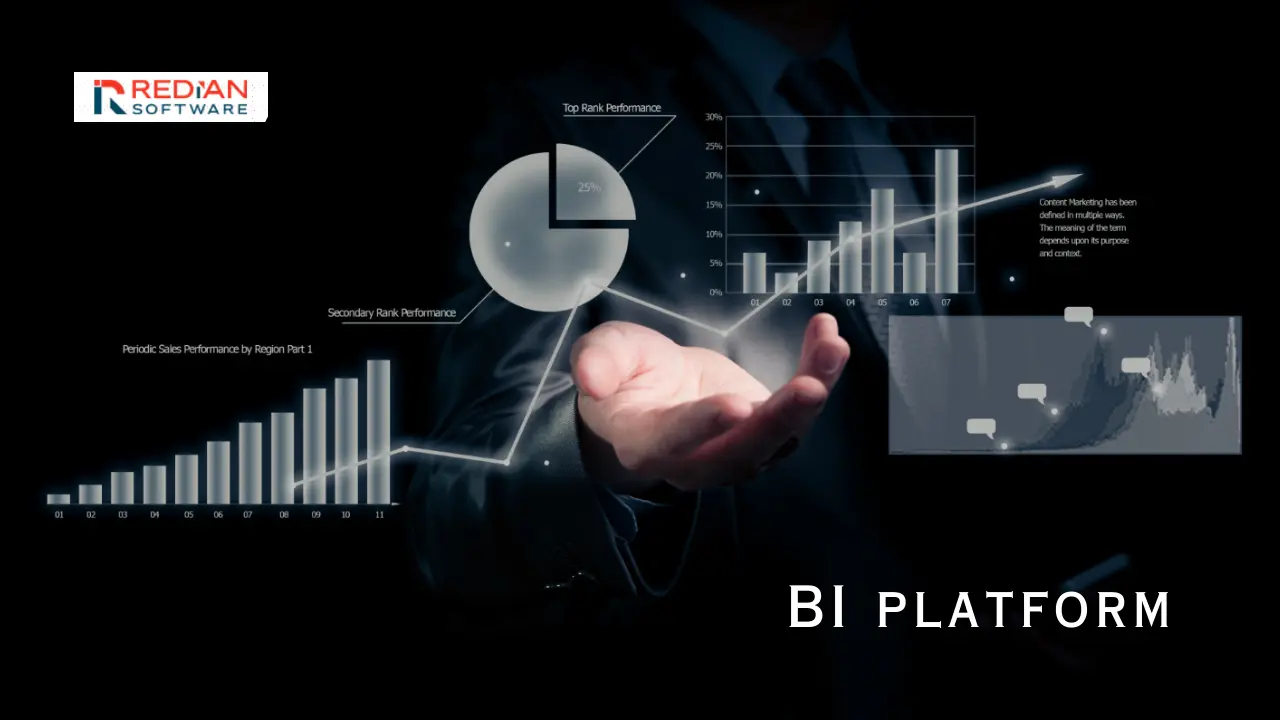Are you planning to upgrade your BI platform? Or are you thinking of adding a fresh one to your technological world? Either you’ve decided on which BI tool to use but need a better understanding of the system in general. You’ve come to the right place. This article gives an overview of potential consequences when transitioning away from or to a new BI tool, as well as possibilities for those who disagree.
Let’s discuss why a company like yours could need to change its BI platform.
Generally, it is influenced by an increased in business demands or technological difficulties. Your company may need to switch to a newer legacy platform . Or want to migrate from one BI tool to another, or simply update your existing BI tool. Alternatively, if different departments have brought one unique BI tool for their needs, your IT department may want to consolidate and arrange the tech stack to a sin.
Change is always a good thing; however, change can also bring several problems on several levels. Attempting to do it all at once will leave you and your team feeling frustrated and unable to move forward. While planning a successful BI tool migration, planning combined with knowledge is critical.
What are all the benefits of migrating a BI tool?
Businesses and individual users should benefit from a BI tool organizational change by identifying a growth opportunity. It will be difficult to persuade the entire organization to support the migration, so educate your team on the positive effects that extensive changes will have on the organization.
- Schedule appointments for reports and dashboards.
- Work collaboratively, share, and incorporate documents across brands.
- Obtain Business Intelligence samples.
- Make use of report topics.
- Conditional table formatting should be added.
- Methods for disseminating your work.
- Work should be organized in the new work spaces.
- Publish on the web.
What common challenges exist in a business intelligence tool migration?
Lack of BI Strategy
Businesses should specify the issues they are attempting to solve in advance. Only then would they be able to select the best Business Intelligence solution for their needs. This is because, after BI is introduced, executives can understand the benefits and drawbacks of the solution they are using, as well as how the solution will bring value to them. As a result, developing a plan before implementing a solution is essential.
Seamless migration between Business Intelligence tools
Top management nowadays find it impossible to access the right data at the right time.
Even if they do find what they are looking for, data formats are normally so complicated and unstructured that it is difficult to extract meaningful and relevant information.
Unless they use Excel widely, they are unlikely to be satisfied (or value) from their BI system.
To make data more engaging, significant, and ultimately strong, it is a good practice to substitute Excel Sheets with intuitive dashboards.
As a result, a BI solution can enable the creation of advanced filters and calculations without the need for coding.
Lack of Training & Execution
Most times, businesses will have well-articulated specifications, a solid BI approach, and a good tool solution, but they will lack technological skills such as designing, constructing, managing, and promoting BI applications. As a result, BI applications run slowly, break continuously, provide unreliable results, and invariably lead to an increase in the cost of using the BI solution. The reasons for a lack of execution often are multiple and varied, as are its remedies.
Unstructured data business intelligence
Most of the time, data is unstructured, making it difficult for BI to interpret.
This created a problem for users who needed to execute basic BI processes.
Businesses may invest in big data analytics but struggle to complete tasks on time.
They may cause people to spend hours cleaning and structuring data before using the BI solution.
Are you prepared to make the transformation?
Contact us, and our consultants will answer your questions about tools, migration patterns, and how to get started so that your business can enhance, integrate, and lead data-driven decisions.

